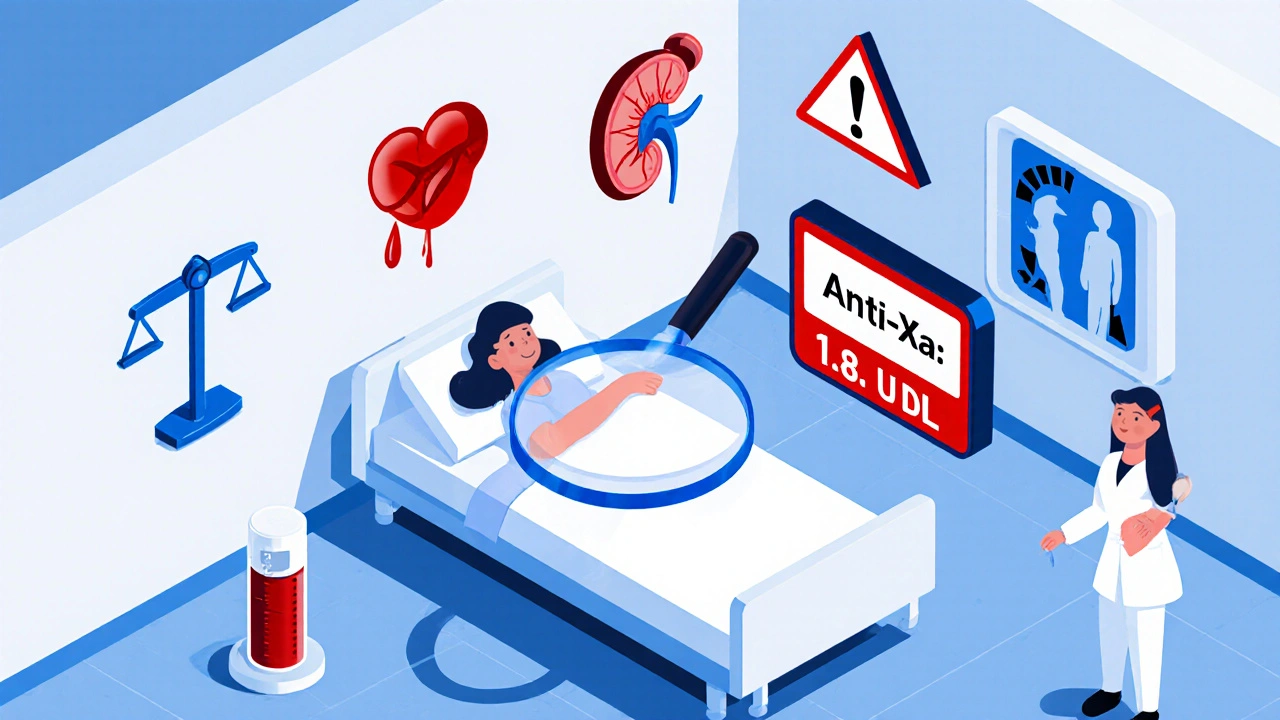Heparin Testing: What It Is, Why It Matters, and What You Need to Know
When you're on heparin, a blood thinner used to prevent clots during surgery, dialysis, or deep vein thrombosis. Also known as unfractionated heparin, it's one of the most common anticoagulants in hospitals, but it doesn't work the same for everyone. That’s why heparin testing, a set of lab tests that measure how much heparin is in your blood and how effectively it’s working is critical. Without it, you could be underdosed—risking clots—or overdosed, which could lead to dangerous bleeding.
Two main tests are used: aPTT, the activated partial thromboplastin time, which measures how long your blood takes to clot after heparin is added, and anti-Xa assay, a more precise test that directly measures heparin’s effect on factor Xa, a key protein in clotting. aPTT is older and cheaper, but it’s affected by other factors like liver disease or lupus. Anti-Xa is more reliable, especially for high-dose heparin during heart surgery or ECMO. Doctors pick the right test based on your condition, weight, and how you’re being treated.
Why does this matter? Because heparin’s window between helping and harming is narrow. A patient on dialysis might need a different level than someone recovering from a pulmonary embolism. Too little heparin, and a clot could form in your lungs or legs. Too much, and you could bleed internally—sometimes without warning. That’s why labs check your levels every few hours in critical care, and why even small changes in your weight or other meds can shift your dose.
It’s not just about the numbers. Your doctor also watches for signs like unusual bruising, blood in urine, or sudden pain in your limbs. Heparin-induced thrombocytopenia, or HIT, is a rare but serious reaction where your body starts forming clots instead of preventing them. Testing for antibodies is part of the full picture when things don’t add up.
What you’ll find in the posts below aren’t just technical guides—they’re real-world breakdowns of how heparin testing connects to other treatments. You’ll see how it relates to warfarin monitoring, why it’s used in liver transplants, how it interacts with antibiotics like linezolid, and what happens when patients switch from heparin to newer blood thinners. These aren’t abstract concepts. They’re decisions that happen in hospital rooms, ERs, and outpatient clinics every day.
Anti-Xa monitoring for LMWH isn't routine-it's lifesaving when side effects like bleeding or clots appear. Learn exactly when to test, what levels mean, and how to avoid dangerous mistakes.

